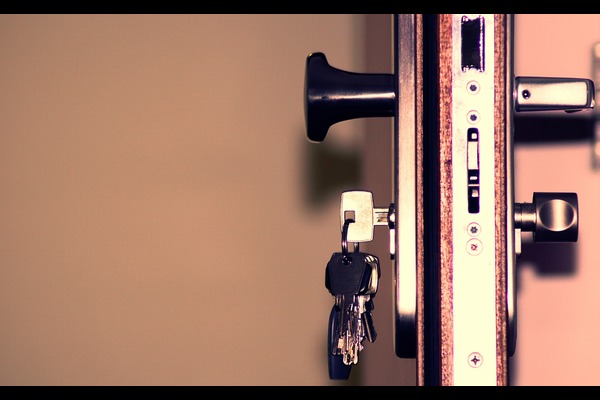Finance Options for Buying an Uninhabitable Property

Most major banks and high street lenders are unwilling to finance the purchase of uninhabitable properties, which is unfortunate given how investors and other home buyers often set their sights on “fixer-uppers.”
Properties in a poor state of repair often sell for less than their true potential market values, so what types of financing options are available for purchasing uninhabitable properties?
Uninhabitable properties defined
Different lenders have their own unique interpretations of what “uninhabitable” means.
Most will exclusively, however, lend against properties that:
- Are in a good state of general repair.
- Can be considered safe to inhabit in their current condition.
- Have a functional bathroom and kitchen.
- Are secure and in structurally sound condition.
- Have reliable electricity and a central heating system.
- Do not have issues with infestations.
It is not uncommon for the opinions and perspectives of prospective buyers to differ from those of the lender. What you consider to be a perfectly viable property with huge investment potential may be viewed as a major risk and therefore unacceptable by a conventional bank.
Securing the finance needed may mean setting your sights away from the High Street and considering the alternative options available.
Traditional loan alternatives for an uninhabitable property
When a traditional property loan or mortgage is out of the question, a bridging loan represents an accessible and affordable alternative, particularly when it comes to the purchase and subsequent renovation of uninhabitable properties.
With bridging finance, the vast majority of established lenders are willing to lend against a wide variety of property types, including those considered uninhabitable. Unlike a mortgage, a bridging loan is typically repaid within a period of one to 18 months, often when the renovations have been completed and the property has been sold or transferred on to a longer-term mortgage product.
One of the most appealing aspects of bridging finance is that when the funds borrowed are repaid promptly, overall borrowing costs can be highly competitive. Often charged at less than 0.5% per month, a short-term bridging loan can be exponentially more affordable than a conventional mortgage.
How is bridging loan eligibility determined?
Eligibility for a bridging loan is assessed primarily on the viability of the property used to secure the loan. Additional factors such as income level, financial status, and credit history may be taken into account, though these are typically secondary considerations.
Importantly, applicants are expected to have an acceptable ‘exit strategy’ in place. This means providing evidence as to how and when they intend to repay the loan, such as when the renovations are complete and the property is subsequently sold.
Bridging finance can also be useful in time-critical situations, such as when looking to purchase a property at auction. Depending on your requirements and the strength of your application, it is possible to secure the funds you need within a matter of days.
For more information on any of the above or to discuss finance options for purchasing uninhabitable properties in more detail, contact a member of the team today.




 0116 402 7982
0116 402 7982